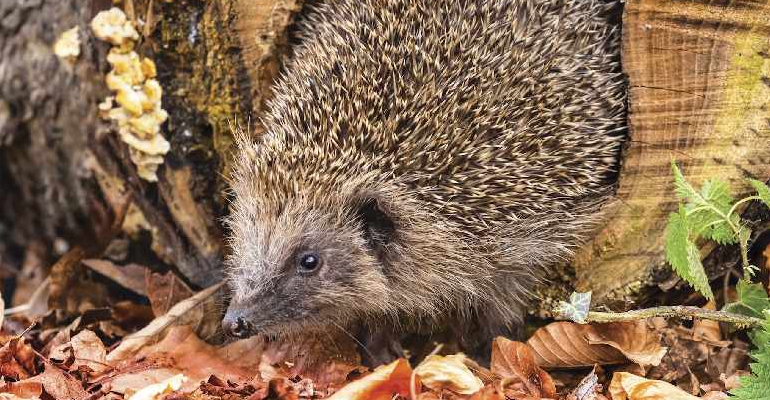
Colder weather and longer nights make Adele Trathan long to cosy up at home and shut the world away. Some animals don’t have quite the same luxury and must hibernate during winter. Adele suggests some ways we can help these creatures survive, to emerge again in the spring
In the UK, the only mammals that truly hibernate are hedgehogs, dormice and bats. However, many reptiles, amphibians and some insects including certain species of bees and butterflies also have forms of hibernation.
Reptiles including snakes are cold blooded and poikilothermic, relying on the sun to regulate their body temperature. To survive the winter, they go into a hibernation like state known as brumation. Insects can go into diapause, a state of stasis whereby appetite and development are slowed down while they rest in wall crevices or bug hotels until temperatures rise again. Amphibians become dormant over the winter; frogs and newts rest at the bottom of ponds whilst common toads tend to prefer a damp and dark residence under a pile of wet leaves. Activity levels in other animals such as badgers, rabbits, shrews and mice may enter a ‘torpor’ which is a state of inactivity but for shorter periods.
The true hibernating mammals; hedgehogs, dormice and bats, tend to retreat to their boltholes during October and November. Hibernation involves extreme slowing of the heart rate, breathing and lowering of body temperature and metabolism to survive long periods without food. Sometimes these animals wake up for a toilet break or to find food, or to prevent freezing to death from ice crystals in the blood when the temperature gets dangerously low.
Hedgehogs prepare for hibernation by overeating and generating fat reserves, before seeking a quiet spot to spend the winter. This could be a pile of logs, compost heap, or under a garden shed. Sometimes they build their own shelter known as a ‘hibernaculum’ from twigs, leaves and even feathers. Dormice eat so much towards the end of summer they grow to twice their normal size but can lose half their body weight during hibernation. From November to April, bats will search for hollow trees, roofs, caves and bat boxes to overwinter, slowing their breathing down to as few as five breaths per minute in order to survive.
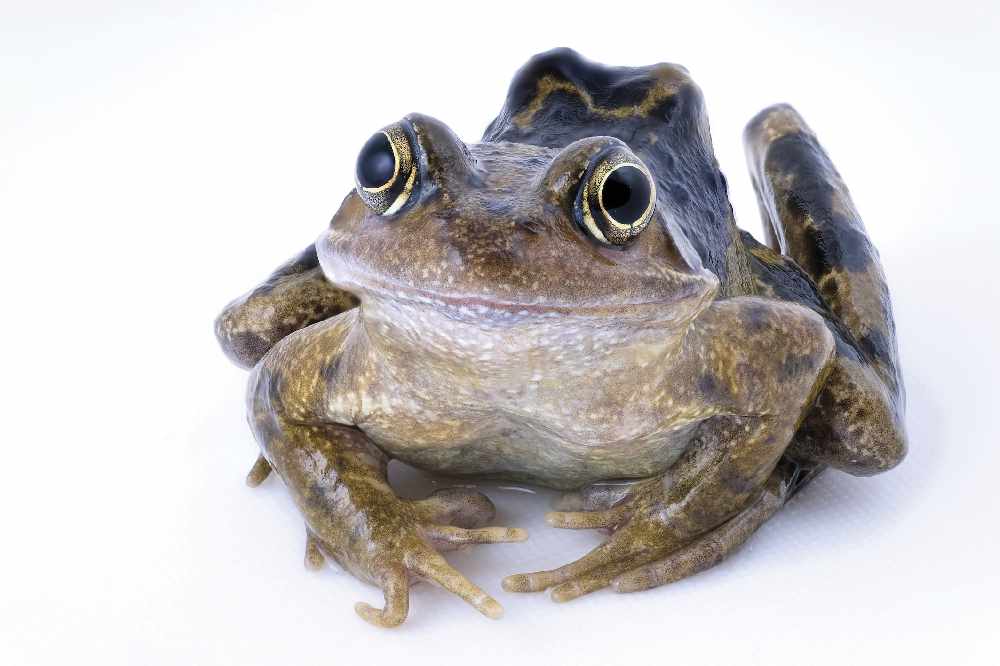
HOW CAN WE HELP OUR HIBERNATORS?
We can help by providing a designated haven in our gardens. A bug hotel or a bat box can be placed in a quiet sheltered area. Stacked logs, branches, bricks, stones and piles of leaves become winter havens when left untouched until spring. Check bonfires thoroughly before lighting to be sure there are no animals sheltering within. Clear decaying plant matter from ponds to prevent poisonous levels of gas building up and use a floating ball to limit freezing over. If the pond does freeze over, shockwaves from smashing the ice can injure or kill the inhabitants, instead melt a small hole with the bottom of a hot pan.
HEDGEHOG PRESERVATION
According to The British Hedgehog Preservation Society the population in rural areas has halved since 2000 and needs all the help we can give. Perimeter fencing in residential gardens reduces free movement, but holes of 13cm (6”) square at the bottom of fences allow hedgehogs to pass through on their nocturnal rambles. Lift any pea netting off the ground so they don’t get tangled up.
The British Hedgehog Preservation Society (www. britishhedgehogs.org.uk) can provide information on building a hedgehog home. In the run up to hibernation, this can provide safe accessible shelter; in the summer it may also become a nursery.
If you choose to provide a supply of food to supplement their diet, meaty cat food, dog food or dry cat biscuits are ideal, and only ever serve water, never milk.
DID YOU KNOW?
Until the 1990s there was no word for baby hedgehogs. The word ‘hoglet’ or even ‘hedgehoglet” is now a colloquial term. The Irish word for hedgehog is ‘gainneog’, which means ‘ugly little thing.’ Now that’s just harsh!
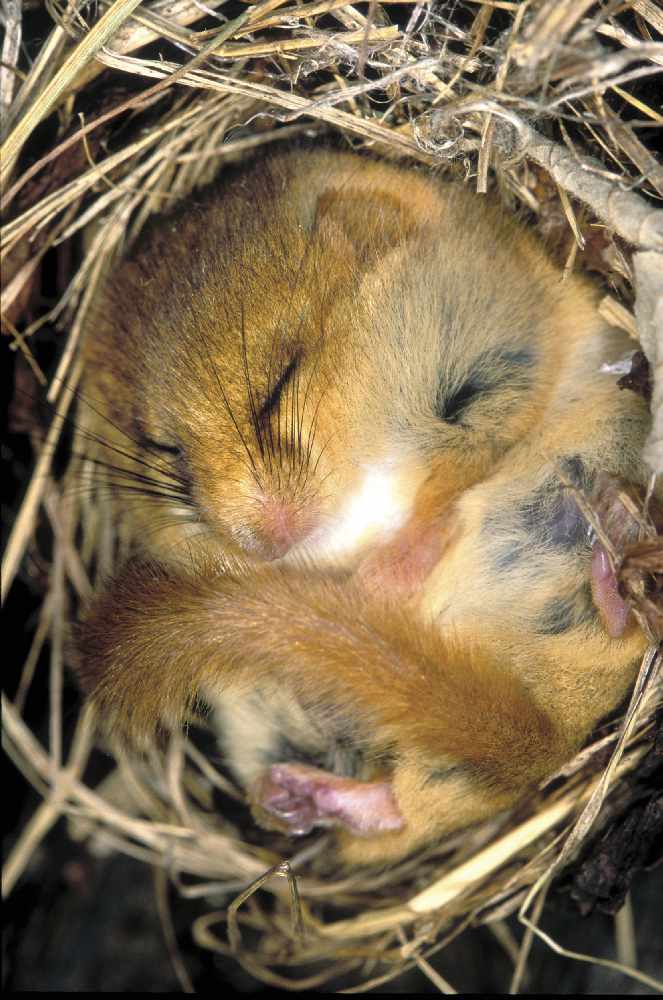

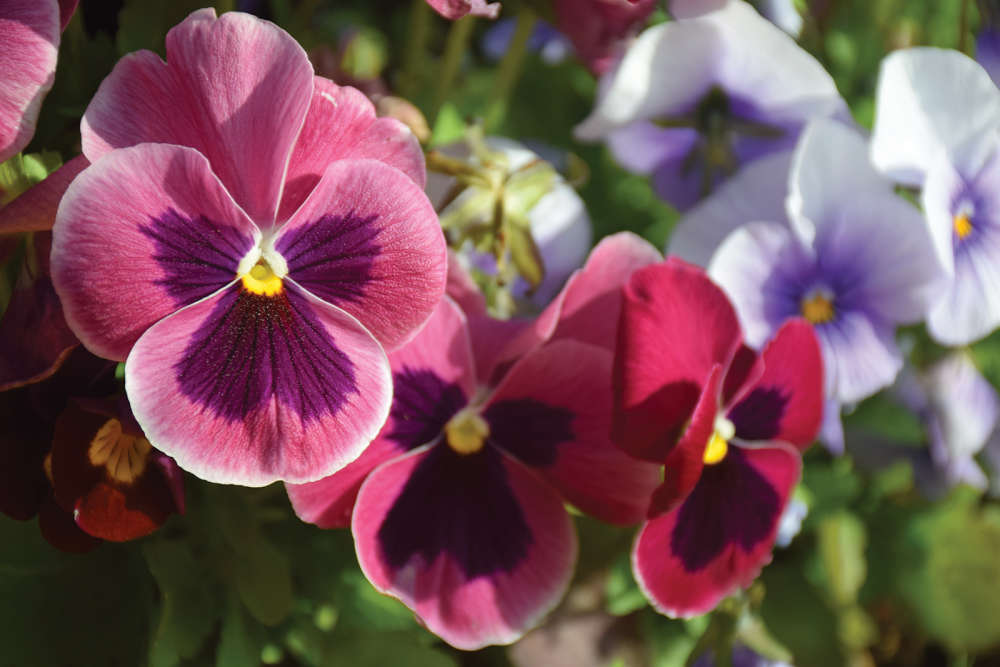 Blooming Times: Happy Faces
Blooming Times: Happy Faces
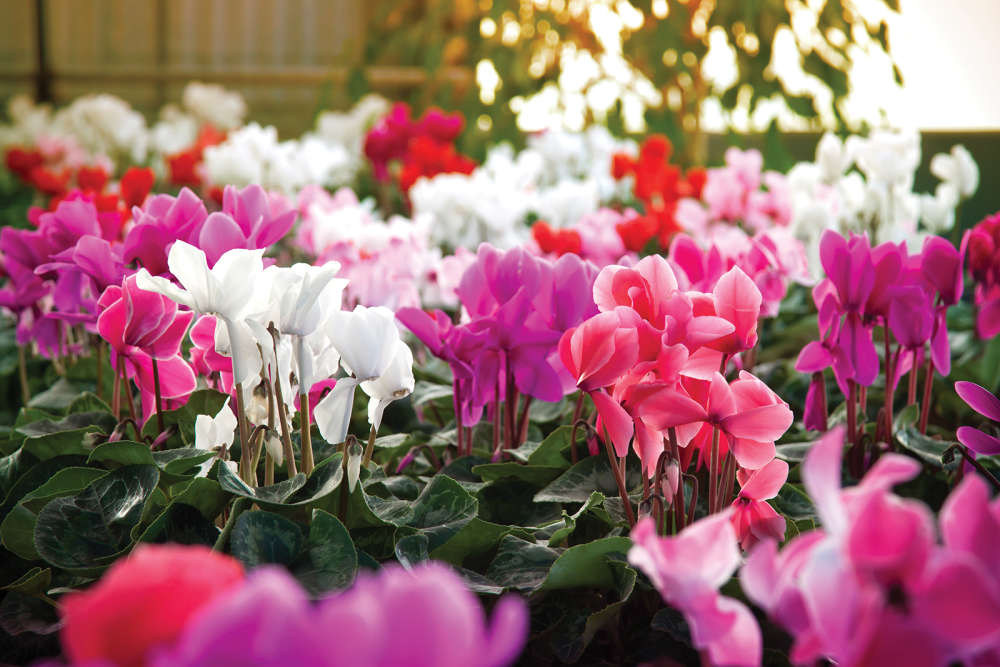 Blooming Times: Winter Sparklers
Blooming Times: Winter Sparklers
 Homes Extra: Restore, Repair, Recycle
Homes Extra: Restore, Repair, Recycle
 Home Style: A Scandi Winter's Tale
Home Style: A Scandi Winter's Tale
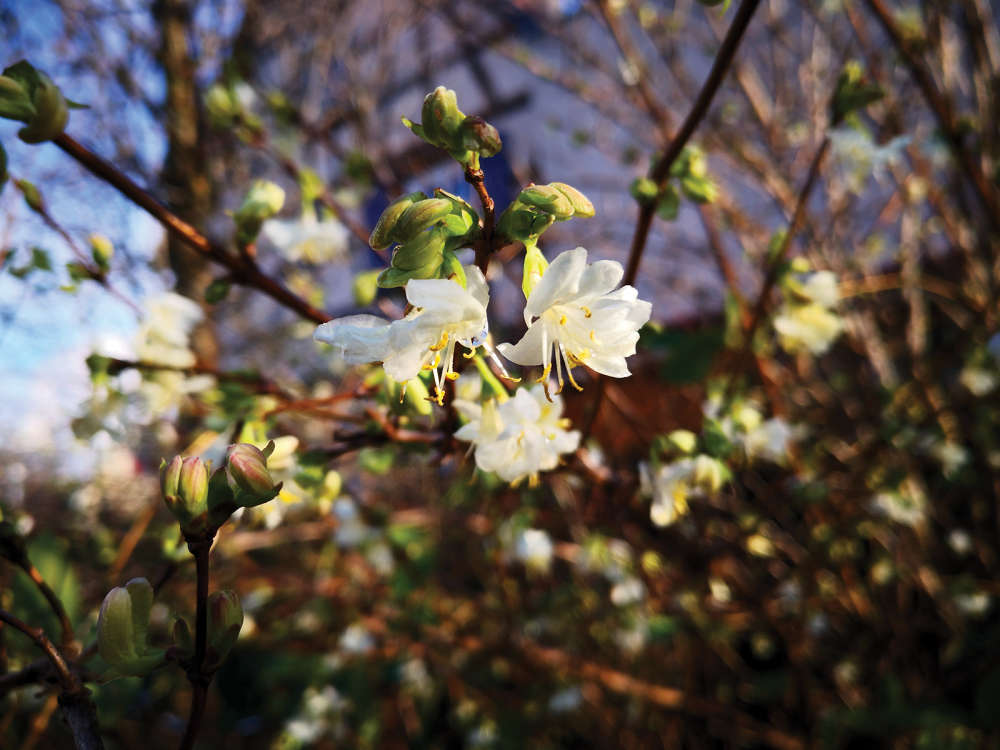 Blooming Times: Winter Wonders
Blooming Times: Winter Wonders
 Home Style: Bold, Brave & Beautiful
Home Style: Bold, Brave & Beautiful
 Blooming Times: The Answer Lies in the Soil
Blooming Times: The Answer Lies in the Soil
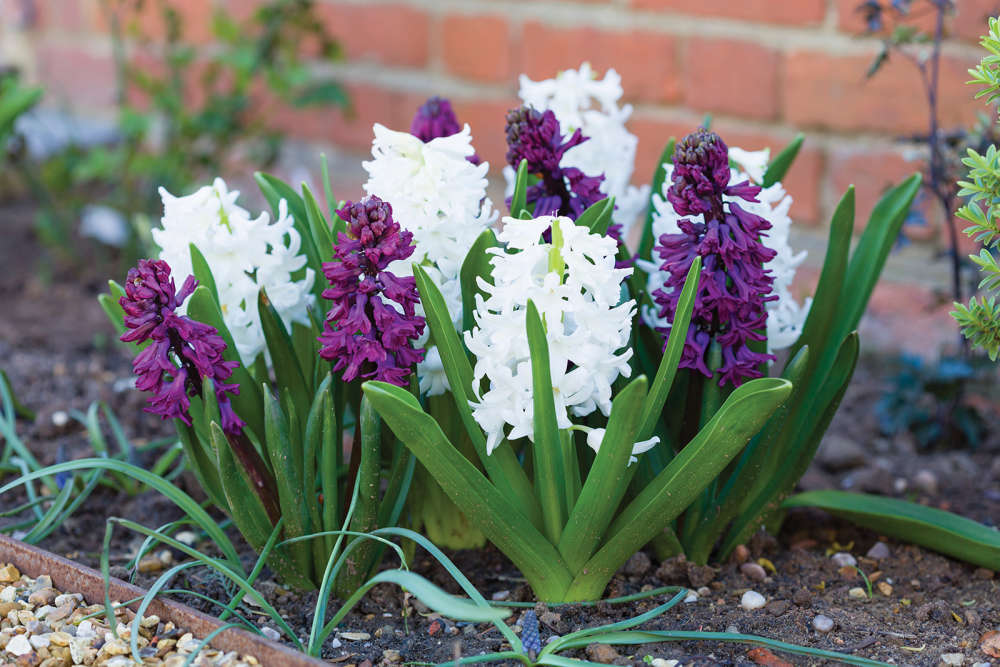 Blooming Times: Heavenly Hyacinths
Blooming Times: Heavenly Hyacinths
 Legendary Builds with Phoenix Construction Services
Legendary Builds with Phoenix Construction Services
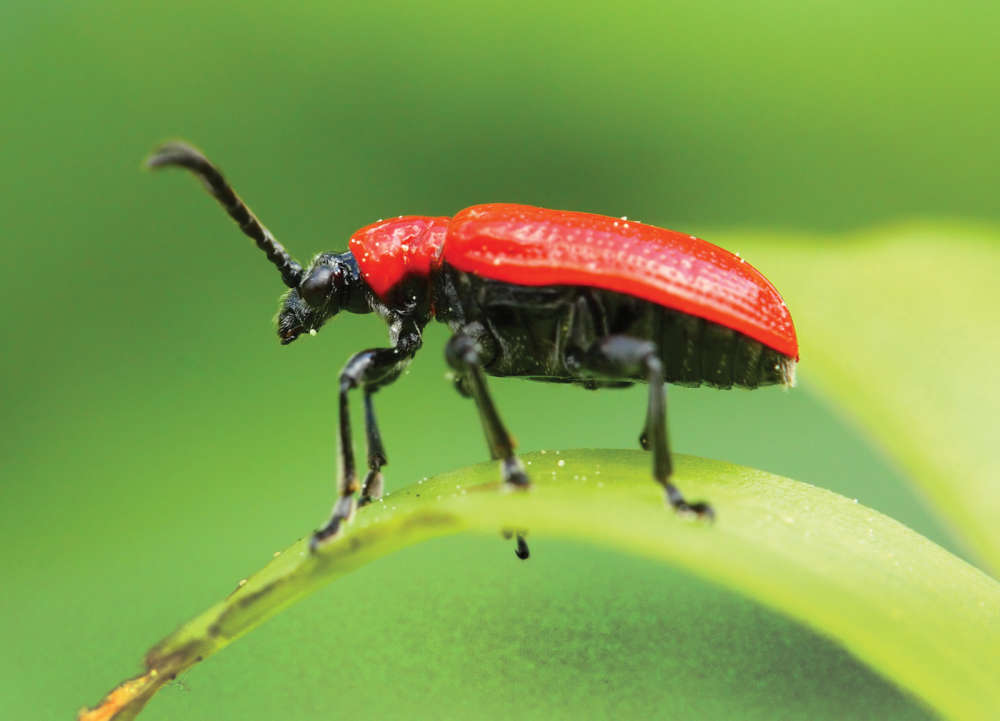 Blooming Times: Know Your Enemy
Blooming Times: Know Your Enemy
 Bespoke Dreams from Eridge Green Kitchens
Bespoke Dreams from Eridge Green Kitchens
 10 Hot Years: iFit Fires & Flues
10 Hot Years: iFit Fires & Flues
 Home Style: Bold Type
Home Style: Bold Type
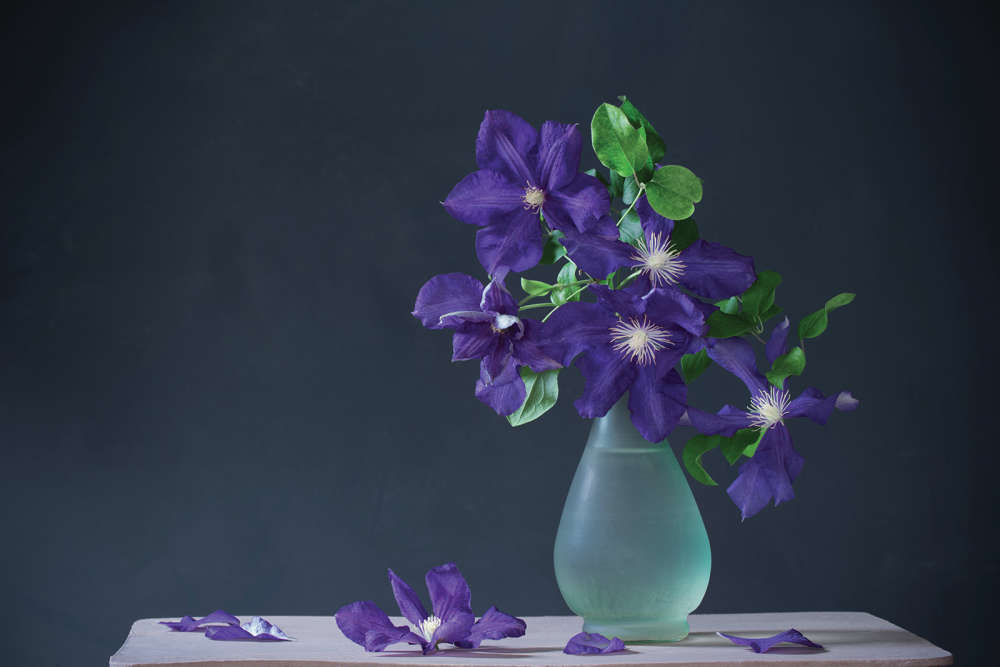 Blooming Times: The Sky's the Limit
Blooming Times: The Sky's the Limit
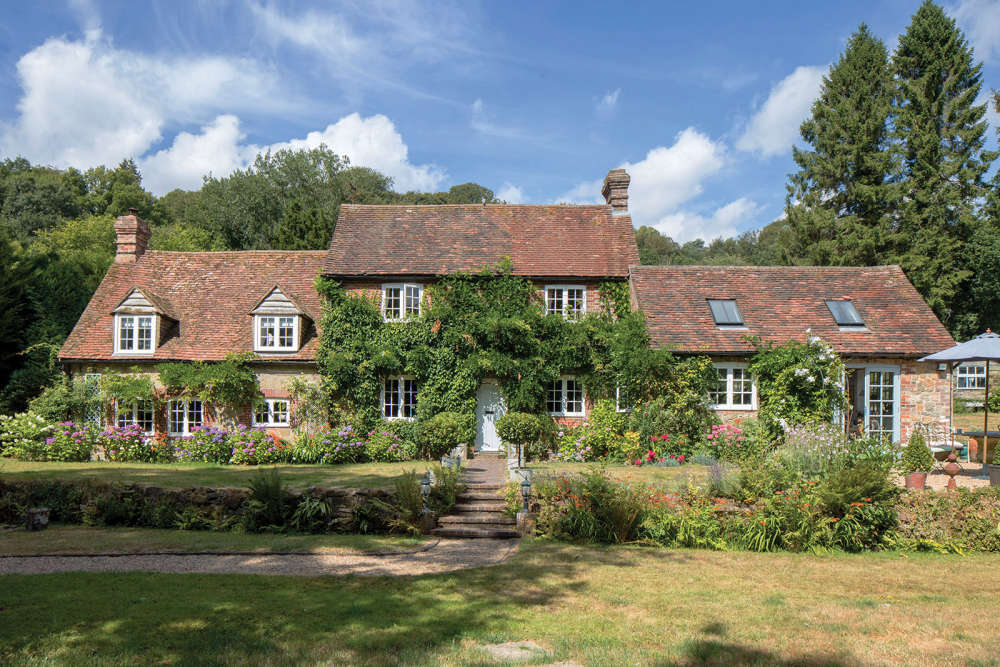 Home Style: A Better Way of Life
Home Style: A Better Way of Life
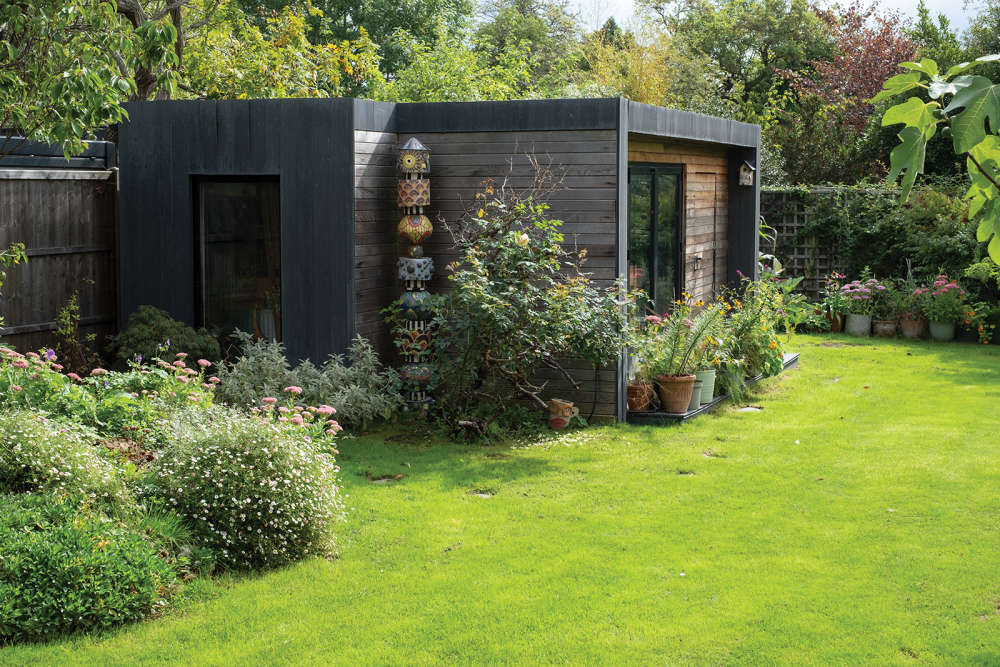 Homes Extra: Shed Space
Homes Extra: Shed Space
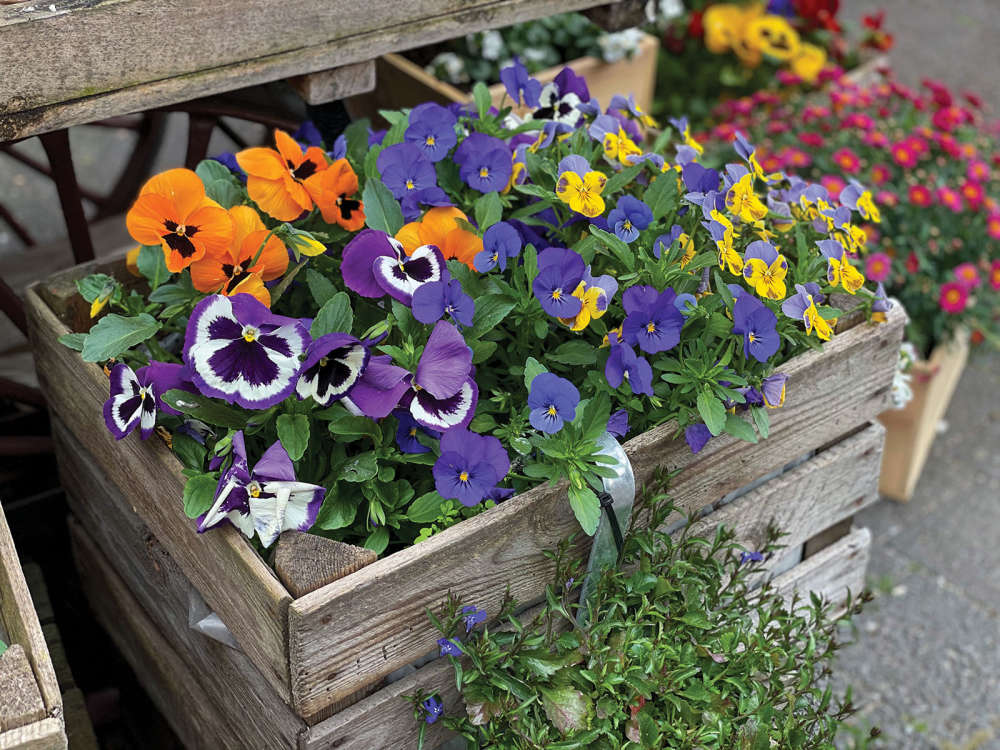 Blooming Times: Top of the Pots
Blooming Times: Top of the Pots
 Kids Zone: Get the Kids Growing
Kids Zone: Get the Kids Growing
 Home Style: Pastures New
Home Style: Pastures New
 Homes Extra: Let There Be Light
Homes Extra: Let There Be Light